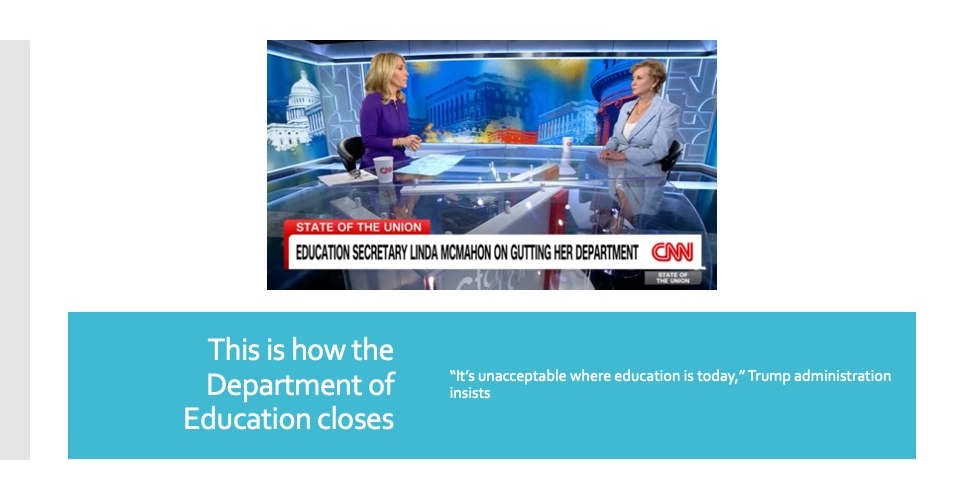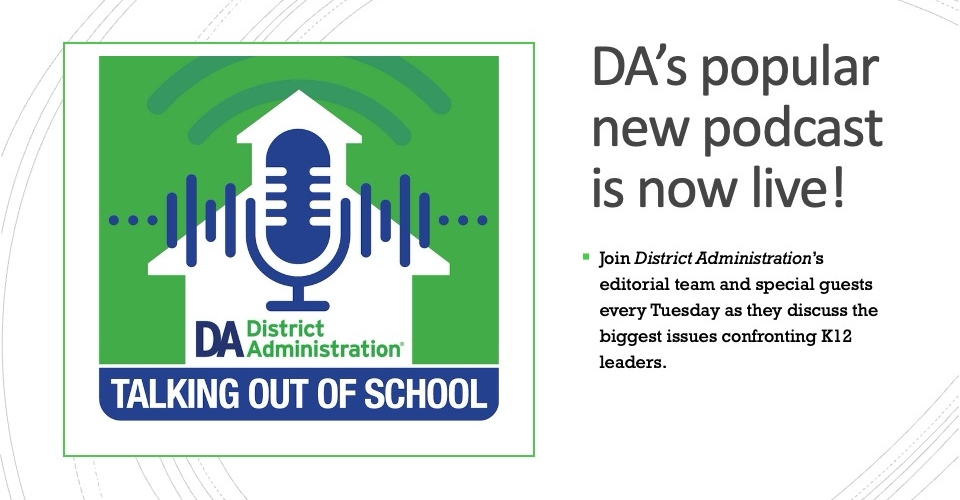Teacher shortages are affecting schools around the country, threatening the quality and continuity of education for our students. As districts scramble to fill positions, many resort to recruiting from distant locations or implementing temporary solutions that don’t address the root of the problem.
At Hernando County Schools in Florida, we’ve taken a different approach—one that’s transforming how we build and maintain our teaching workforce.
At the start of the 2023–2024 school year, we faced a critical shortage of classroom teachers, with nearly 10% of our student-facing teaching positions unfilled. With the days of recruiting surplus teachers from other states long gone, I wondered if we were overlooking an obvious solution.
More from DA: This is how the Education Department will close
That’s when I decided to take another look within our own community, and what I discovered was a gold mine of people ready and eager to teach.
Recruiting home-grown teachers
The cornerstone of Hernando County’s solution is the Associate Teacher Substitute program, which we created in partnership with BloomBoard and launched in the fall of 2023. The program created a new board-approved, long-term substitute role called “associate teacher substitutes” and offered candidates with associate’s degrees the opportunity to earn a bachelor’s degree in either elementary education or special education from Lake Erie College—at no cost to them.
Every associate teacher substitute receives instruction, a personal mentor and the classroom experience they need to become certified teachers. In return, they commit to teaching in the district for four years after they earn their degree and certification.
If they choose to leave earlier, they must reimburse the district for their college education. This agreement helps us retain the talent we develop and demonstrates our commitment to their academic and professional growth.
One of the first questions I faced when proposing this program was about funding. I call it “a no additional cost” program, because paying the associate teacher, paying their mentor, and covering the cost of the substitute’s education still costs less than the salary of a full-time certified teacher.
This budgeting certainly helped get the program off the ground, but I knew that success would depend on providing robust support for these aspiring educators. My team and I established a multi-layered support system that includes:
- Direct connections to district resources and school principals
- School-based mentors who provide day-to-day guidance;
- A dedicated coordinator of retention, who works directly with mentors
- Ongoing professional development opportunities
This comprehensive support network ensures our associate teachers don’t just survive—they thrive. We’re not just filling positions; we’re nurturing future educational leaders who understand our community and are committed to its success.
Opening new career pathways for paraprofessionals
During the first year of the Associate Teacher Substitute program, we created a pathway for paraprofessionals and other community members with associate’s degrees to become certified teachers.
Many of these dedicated professionals already have some college credits and years of classroom experience. Now, instead of letting this knowledge and experience go untapped, the district can offer them a clear path to teacher certification.
As we expand the program in Year 2, we are increasing our focus on paraprofessionals, as well as offering a three-year pathway to certification and a bachelor’s degree for candidates with little or no college credit.
For example, a paraprofessional with 20 college credits who has worked in Hernando County for three years can enter the program and become a certified teacher within three years. This expansion not only provides career advancement opportunities for our staff but also leverages their existing knowledge and connections to our schools and communities.
The program has earned the support of our local chamber of commerce because, rather than trying to attract teachers from other states, we’re taking paraprofessionals from the local area and offering them the opportunity to essentially double their income. And when they commit to stay at their schools, it’s a commitment to stay in the community.
Current successes and future plans
In the first year of the program, our instructional vacancies have dropped by 58%. We currently have 56 working as full-time substitutes while earning their education degrees and certifications on the job.
The program retained its entire first cohort of 27 educators except for one who had to withdraw for medical reasons. This 96% retention rate is far higher than the 30% rate we generally see among educators with a bachelor’s degree pursuing an alternative certification pathway. We have a waitlist of more than 150 people eager to join the program.
Looking to the future, I’d like to apply the approach to recruiting and developing secondary teachers. I also hope to work with local colleges or universities on traditional licensure pathways, since educators who have a degree from a college based in Florida have an easier path to certification in the state.
By investing in local talent and providing a clear and affordable path to certification, Hernando County is building a more resilient and effective education system.
For other districts facing similar challenges, I encourage you to look within your own communities. The solution to teacher shortages might not be found in distant recruiting trips but in the dedicated individuals already serving in your schools.
By providing them with opportunities and support, you can transform these aspiring educators into the teachers your district needs.
The future of education depends on our ability to think creatively about talent development and retention. At Hernando County Schools, we’re proud to be pioneering an approach that not only fills immediate needs but builds a sustainable pipeline for years to come. T
ogether, we’re proving that when we invest in our own community, everyone benefits: our schools, our teachers, and most importantly, our students.









